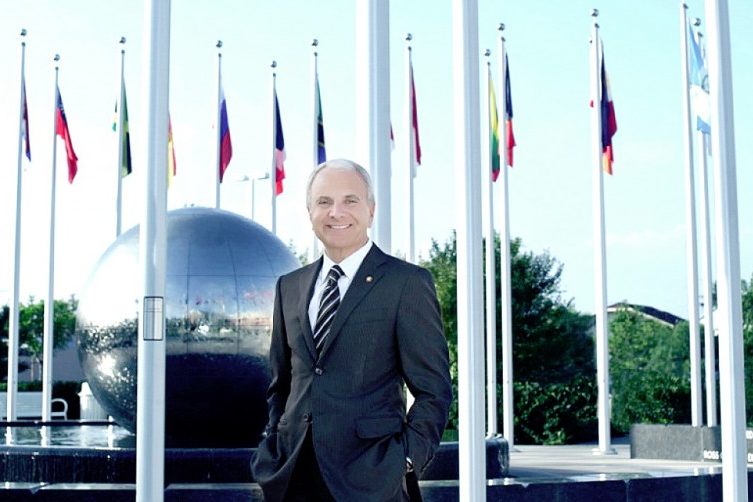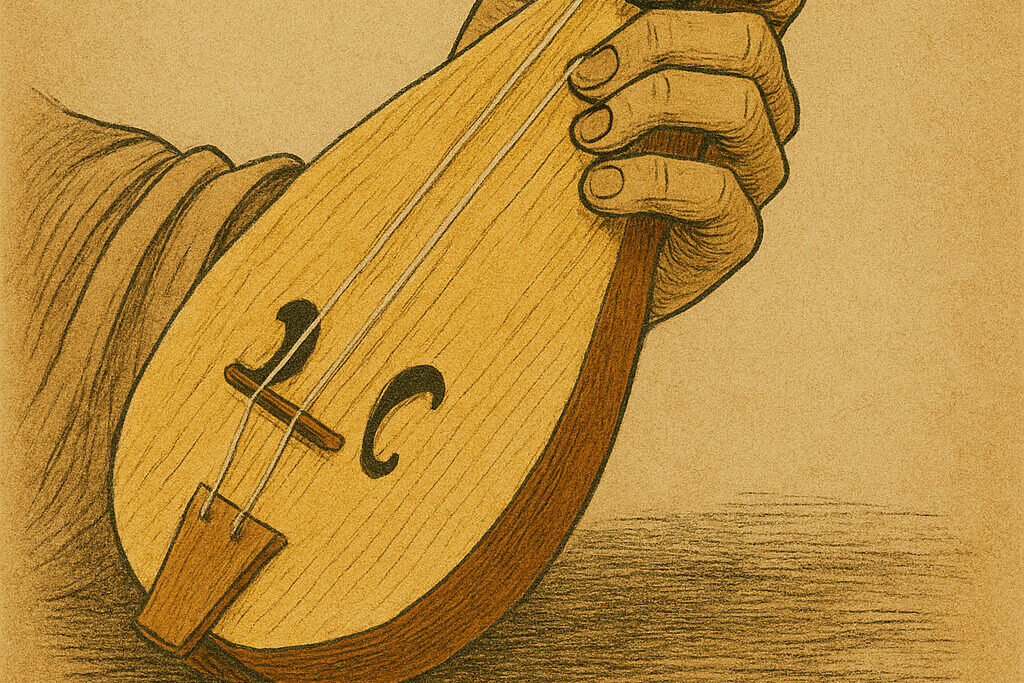A few weeks ago, the NASA mission called New Horizons performed the closest approach to Pluto, the “ice dwarf,” unexplored planet in the Solar System.
Among the scientists, who are investigating the mysteries of our Universe, are brilliant Italian minds like astronomer and astrobiologist Cristina Dalle Ore, whose fascinating job is to analyze the chemical composition of Pluto through the images provided by the spacecraft.
Dr. Dalle Ore is a native of Treviso, in Northern Italy, but her “addiction” to research brought her to the U.S. permanently, from the University of California at Santa Cruz to the SETI Institute and NASA Ames Research Center.
What is the importance of the New Horizons mission for the scientific community? And what’s the next step?
New Horizons is the latest and one of the most challenging exploratory missions in the Solar System. For this reason it is historically important. It is also fundamental because it pushes our limits, expands and challenges our minds, motivates us to grow more, to go farther. From the scientific standpoint it is as important and exciting, as it brings to us information about Pluto, the closest representative of a class of objects that orbits the Sun beyond Neptune. Pluto is the largest and closest of these icy objects, and our opportunity, for the time being, of getting a peek at a world that might tell us something about the primordial Solar System. In fact, because Pluto is so far from the Sun, its surface is thought to be still pristine and to have preserved intact some of the materials that went into the making of the planets. In a way looking at the composition of Pluto’s surface (this is my main interest) is like doing an archaeological investigation very far in space and time.
The next step for New Horizons is to keep on traveling towards the edge of our Solar System. With NASA’s approval, we plan to flyby and have a quick look at another object, of the same family as Pluto, but smaller and even farther away. This will bring us even more data on the chemistry and physics of these far away surfaces.
How did you develop an interest in astronomy?
My love for astronomy started before I was born, with my father, a surgeon with a passion for astronomy. As a child we would have long conversations on the Moon and planets, my favorite subjects. I was also fascinated by geology and when the time came to pick a course of studies it was hard for me to choose. My father again recommended astronomy also because of my love for physics and math. I was thrilled when I discovered that studying the Solar System brings together astronomy and geology.
Could you explain us your research in a few words?
I am a spectroscopist by trade. I look at reflectance spectra, the patterns produced by light reflected by a surface and seen at different wavelengths. A rainbow can be seen as a spectrum created by nature, so you can picture my work as a close and detailed examination of numerical rainbows. The key lays in the fact that every surface has a different spectral signature (rainbow) depending on the material that constitutes it. So, if you know from the laboratory what is the trademark of a certain ice then you can recognize it when you see its spectral signature. We have also developed ways that allow us to mix the signatures of many materials to try to match what we observe. This way we cannot only tell what materials compose a surface, but in what amounts they contribute. We do this by trial and error, in a way like a cook experiments with a recipe until it is a perfect match of the taste that he/she has envisioned.
Is it hard to be a woman and a scientist today?
Probably as hard as any other job. As a scientist, I am lucky to be able to be my own boss and make my own schedule. The drawback is that my job follows me anywhere I go. My laptop is my office, so I can work anywhere at any time. Sometimes the challenge is to quit and be able to step away from the problem, to be able to hold your curiosity and wait until morning to finish your calculations, and instead to be present as a mother and a wife. To me being a mother is a much more difficult job, one that you don’t get any schooling for and often you don’t feel prepared for. As a profession, science is somewhat more egalitarian than others, and for the most part we are all judged equally on our ideas and discoveries without much regard for gender.
Having studied in both Italy and the U.S., what is the main difference between the two systems? And what persuaded you to stay?
The Italian school system is more theoretical. You learn on the books, you fill your brain with a lot of intriguing information, but often you don’t know how to use it because you were never presented with a real life example. When I came to the US, it was to work on my Italian dissertation. I chose to do it here in California and for me it was like walking into a different world. I discovered research and the meaning of attacking a problem your own way. I experienced the excitement and challenge of ‘uncovering’ the message hidden in the data, of decoding the underlying meaning of the observations. I got addicted to research those first few months of work and never stopped loving it. The opportunity to stay and do more research is what convinced me to stay. I never regretted my choice.




























